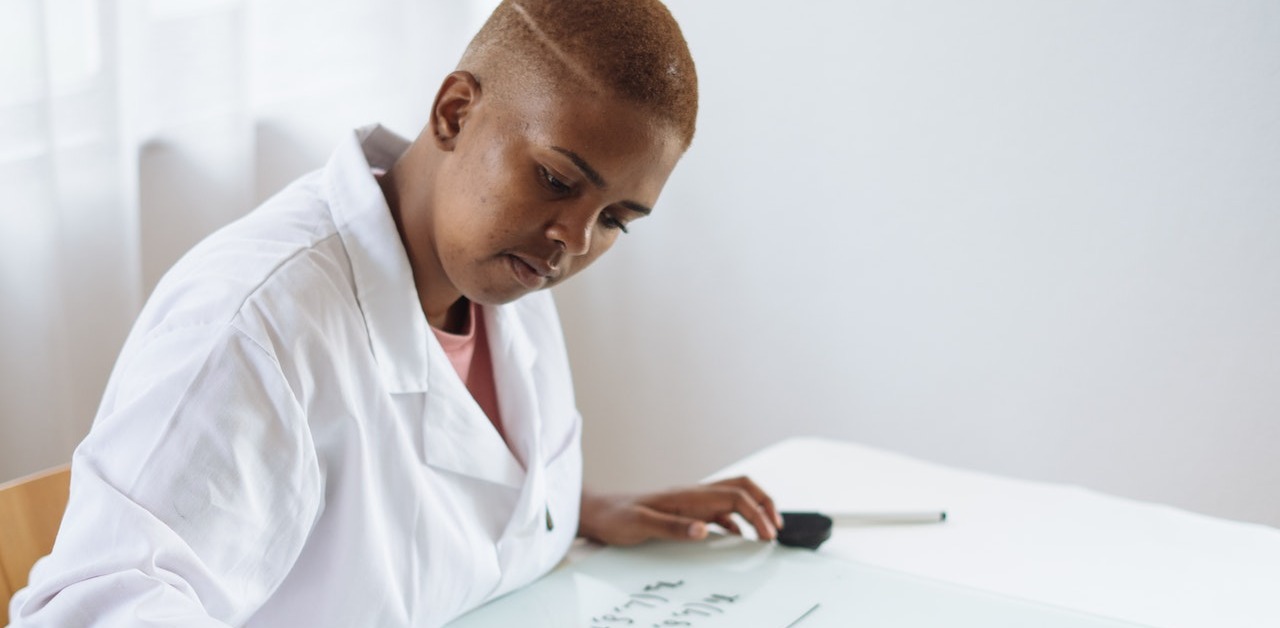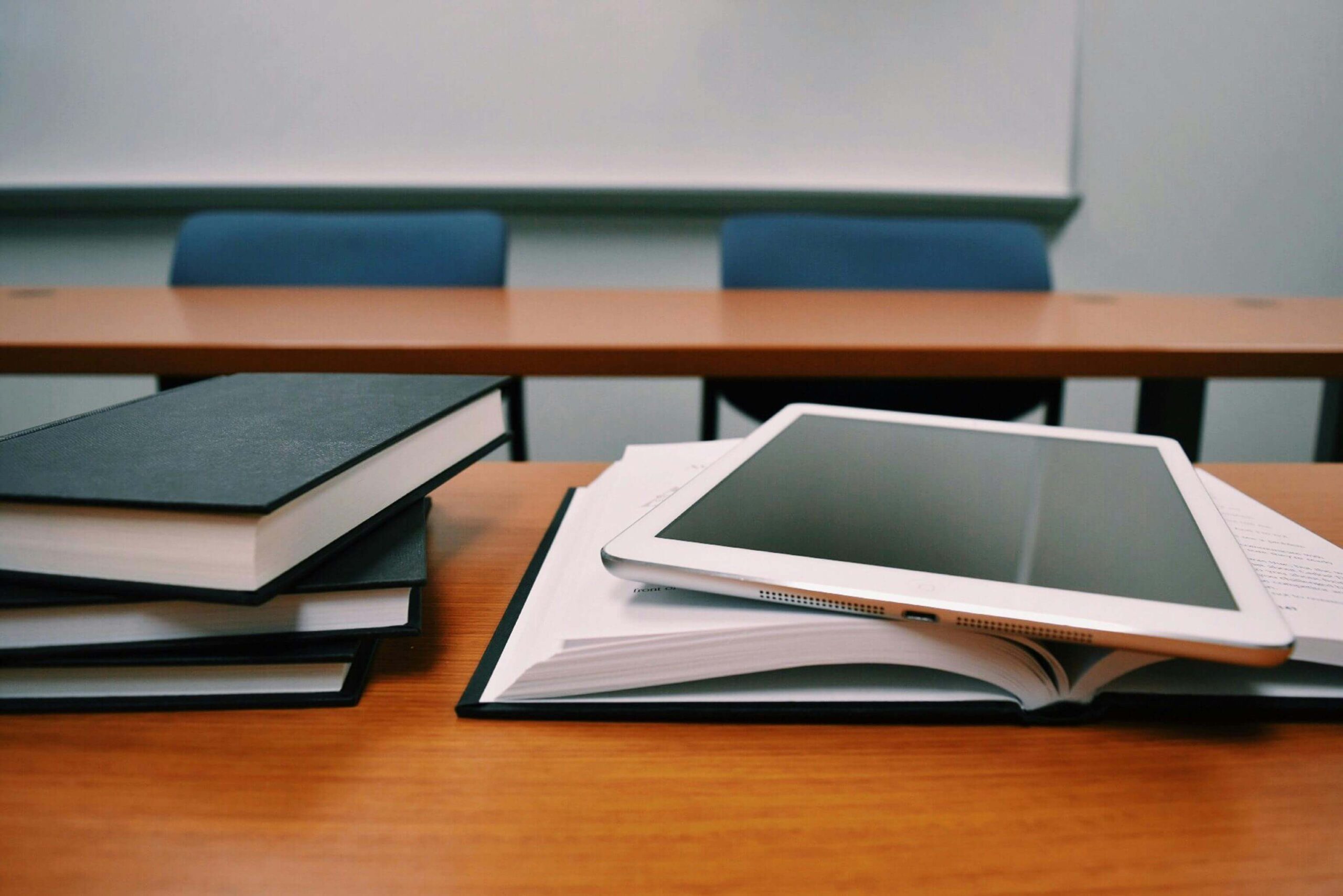
How to Get Your Graduate Degree and Not Go Broke in the Process
Looking for scholorships to assist you in furthering your education? [...]
D.C. is unlike most other state in terms of its school types, pedagogy, and range of tuition costs. In D.C. there are two public school systems, in the colloquial sense, in that they are both free and open to all students. One is the historical district-run program called the District of Columbia Public Schools (D.C.P.S), and the other is the newly created,Charter School System, intended to reimagine some outdated and inefficient parts of the old order. Alongside these two main public programs, there also exists a constellation of private, boarding, Catholic, and Quaker school options for K-12.
The D.C. public school system is unified under the control of the District of Columbia: the D.C. government employs the staff, decided the salaries, managed school policy and made sure these laws were consistent throughout all schools in the district (113 schools in D.C.). More specifically now a chancellor is elected that oversees the entire system.
| University and Program Name | Learn More |
|
New York University:
Master of Arts in Teaching
|
|
|
Merrimack College:
Master of Education in Teacher Education
|
the New Charter School was enacted as a pivot away from this centralized setup in order to meet more diverse student needs and create a more flexible and forward-thinking educational model. The Public Charter School Board is a governing body that has a secondary and indirect influence over the direction the D.C. public schools take, but does not control the schools directly: Instead, they are in contract with nonprofit organizations that run the schools and they are the ones to hire employees and control policy.
One of the great, innovative qualities of the charter school system in D.C. is that it allows the students and their families to choose from among pedagogically diverse schools to find the ones that are best-suited for them. For example, some charter schools cater to language immersion while others are dedicated to new teaching practices and educational theories such as expeditionary learning, for which students spend a considerable portion of their day outside of the classroom. One of the outcomes of a non-district controlled program is more autonomy and authority for teachers in the classroom:
“Charters were invented in part to counter the common human tendency to assume there is one best way to run a school. Different children learn differently and flourish in different environments, and to teach them differently, schools need autonomy. Autonomy also helps motivate school leaders and staff, while removing the usual excuse used by low-performing schools: We’re trying hard, but the central office ties our hands.”
Kipp D.C. is a particularly successful network of charter schools in D.C. that have specific systems in place to improve outreach to educationally underserved communities in the district. Specifically, The Kipp D.C. Ambassador Board selects committed board members to participate in advocacy, fundraising, and event planning. The board also assist in getting their students into and through college– whether through application assistance or finding financial aid.
For example the board has successfully launched volunteer projects, scholarship interview panels, and career shadowing programs.
Many great private schools in D.C. are also available. What you get for paying a steep tuition is a better student teacher ratio, small, engaging classrooms, competitive academics, AP classes and excellent college prep counseling and guidance. Some of the private schools that have been ranked by respected online sources include Sidwell Friends, The National Cathedral School, St. Albans School, and The Maret School.
This being said, there are more than 100 private schools in D.C. serving about 19,600 students with an average elementary school tuition of $19,974 for elementary and $26,802 for high school. These schools are known to have different strengths, whether it be for the arts, athletics, math and science, community service, community involvement or even students with special academic needs. Private schools are not exclusively for gifted students; The Nora School has set out to help academically struggling kids whether it be from a learning disability or personal illness, and the Commonwealth Academy specifically helps children who have been diagnosed with ADD or ADHD.
An even more exclusive category is D.C.’s boarding school system. There are only a couple directly within D.C. and they are either all-boys or all-girl schools. St. Albans and the Madeira school are the two top ranked single-sex schools in or around the D.C. area. The SEED school has an exceptional combination of these qualities — it is the first public, charter, college prep boarding school in the United States:
“ The SEED Public Charter School of Washington, D.C. (SEED D.C.) has been thriving for 19 years and currently serves 370 students in grades six through twelve. Students spend 120 hours per week on campus from Sunday through Friday.” Most of the students in this program are the first generation of people to attend college in their family.”
Questions or feedback? Email editor@noodle.com

Looking for scholorships to assist you in furthering your education? [...]

We'll give you the key information to determine the right [...]
Categorized as: Teaching, Education & Teaching